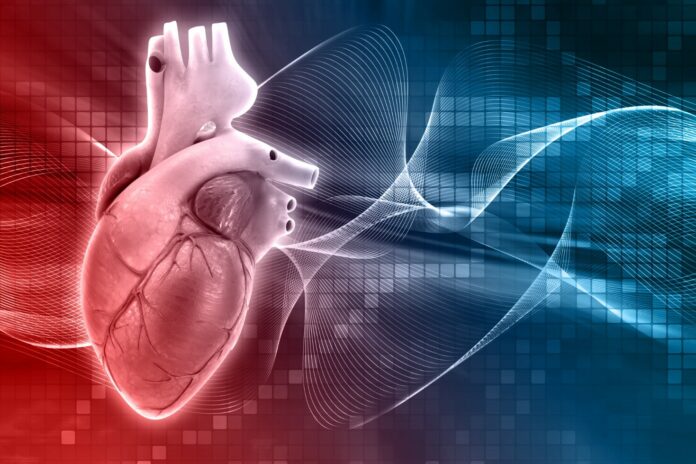High cholesterol (LDL-C) and high systolic blood pressure (SBP) are the main global causes of coronary heart disease (CHD). It is still unclear- how they affect CHD risk at different life stages.
A new study aimed to investigate whether genetically mediated SBP/LDL-C is associated with the risk of CHD throughout life. To do so, scientists assessed the impact of SBP and LDL-C at a younger age on the risk of CHD independent of later age SBP and LDL-C.
Current approaches to lowering cholesterol and blood pressure rely on short-term clinical trials. If prolonged exposure to high levels, as suggested by MR studies, has a cumulative impact, it could significantly influence coronary heart disease (CHD) management. Treating low-risk and younger patients earlier might be beneficial if there are added advantages to controlling risk factors over time.
Researchers performed a Mendelian randomization analysis with data from the UK Biobank, involving 136,648 participants for LDL-C, 135,431 for SBP, and 24,052 CHD cases. The study aimed to evaluate how the duration of exposure to these risk factors affects CHD risk, with analyses stratified by age at enrollment. Univariable analyses consistently showed a link between higher LDL-C and SBP exposure and an increased likelihood of developing CHD in individuals.
BP measurements were performed twice after the participant had rested for at least 5 minutes in the seated position with a digital sphygmomanometer, and the average of the two measurements was used for the analyses.
LDL-C levels were directly measured in mmol/L using Enzymatic Selective Protection analysis on the Beckman Coulter AU5800 platform. If participants reported using cholesterol-lowering medication, LDL-C levels were divided by 0.7. For those using blood pressure-lowering medication, 15 mmHg was added to the measured systolic blood pressure.
The population was categorized by age at enrollment: ≤55 years, 55–60 years, 61–65 years, and ≥65 years. To avoid overlapping genetic associations in univariable MR analysis, participants in each age group were randomly split into two subgroups for exposure (SBP or LDL-C) and outcome (CHD) analysis. This ensured that each participant contributed to only one subgroup, preventing overlap in genetic associations for exposure and outcome.
The main study outcome was coronary heart disease (CHD), defined as a composite of coronary death, nonfatal myocardial infarction, or coronary revascularization. Mean systolic blood pressure (SBP) rose with advancing age, and the use of antihypertensives showed a similar pattern. LDL-C levels were highest among individuals aged 56–60 years; however, the use of lipid-lowering therapy increased with older age.
Scientists noted, “These findings highlight the critical role of cumulative exposure to these risk factors in an individual’s risk of CHD, indicating that past exposure to elevated SBP and LDL-C has long-lasting implications on future CHD risk.”
Journal Reference:
- Wang N, Mustafa R, Zuber V, Rodgers A, Dehghan A (2023) Association between systolic blood pressure and low-density lipoprotein cholesterol with coronary heart disease according to age. PLoS ONE 18(12): e0295004. DOI: 10.1371/journal.pone.0295004
